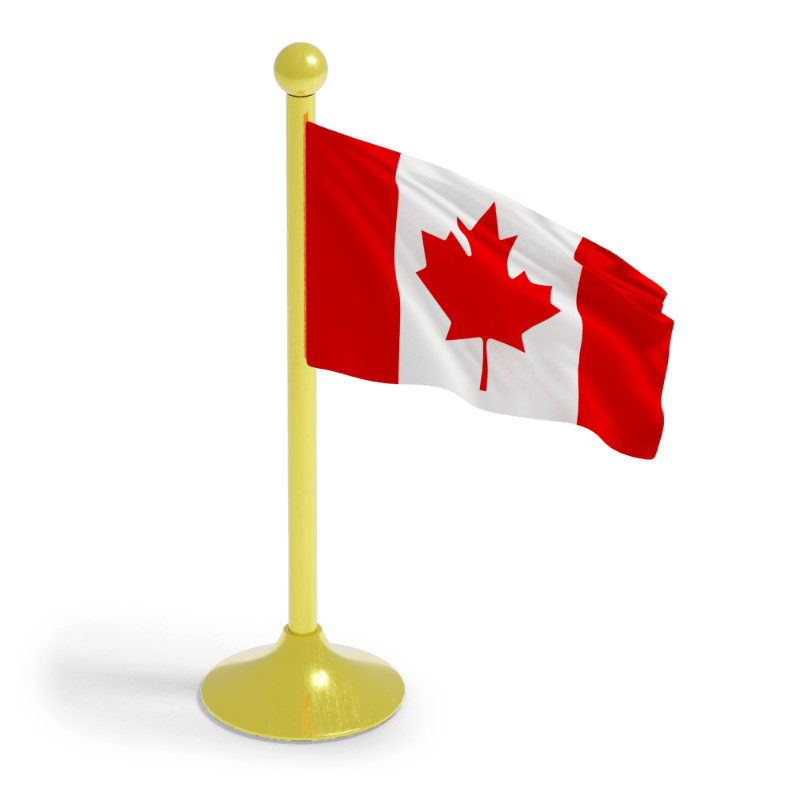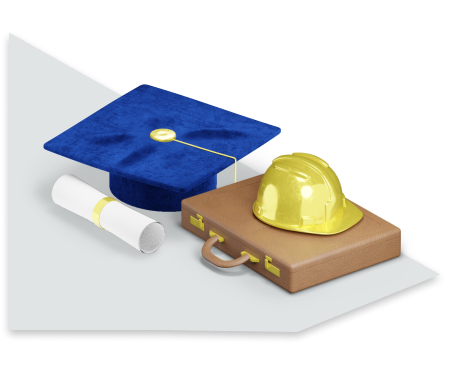Opening a bank account in Canada is a necessary step in successfully settling in the country. You will probably need a personal account in order to receive your salary, as well as to rent or buy accommodation, pay for gas and electricity, get a phone line, and much more.
Choosing a Bank
Choosing a bank can seem overwhelming at first, but a little research can help in making the right decision. Canada has several national banks, with offices and branches in most Canadian cities, as well as regional banks, credit unions, and international banks.
Most Canadian banks offer similar quality services such as online banking and automatic banking machines, and many of the major ones offer programs for newcomers, which come with specific newcomer incentives.
Before deciding on a bank, you may want to take into consideration which branches are convenient to your home and place of work and what their opening hours are, as well as which financial products they offer that match your banking preferences.
Opening a Bank Account
Opening a bank account in Canada is straightforward and there are many options available to you. There are over 100 consumer bank account packages to choose from offered by more than 20 banks across the country.
To open an account, go to the bank of your choice in person and provide documents that prove who you are. It is very likely that two original pieces of identification will be required. It is also possible to apply to open an account online on the bank's website.
In Canada, you have the right to open a personal bank account even if you:
- do not have a job;
- do not have money to put in the account right away;
- have poor credit rating; and/or
- have been bankrupt before.
The main types of bank accounts available are chequing accounts and savings and investment accounts. Chequing accounts enable users to write cheques and typically include the use of a debit card. A chequing account is necessary if your employer uses payroll deposit. The majority of banks charge you to have and use a chequing account, with monthly costs ranging depending on the number of allowed transactions.
Savings and investment accounts help users save their money. These accounts generally have higher interest than chequing accounts. The Government of Canada has also created a number of registered savings accounts to encourage tax-sheltered savings available at Canadian banks such as Registered Retirement Savings Plans (RRSPs), Registered Education Savings Plans (RESPs), Registered Disability Savings Plans (RDSPs), and Tax Free Savings Accounts (TFSAs).
Security of Banks
You can feel comfortable storing your money with Canadian banks as they are well-managed, well-capitalized, and well-regulated institutions. In the highly unlikely event of a bank failure in Canada, the deposits in your savings and chequing accounts are protected up to $100,000 CAD as long as the bank is a member of the Canada Deposit Insurance Corporation (CDIC). The CDIC is a Crown Corporation that was created in 1967 with the purpose of providing deposit insurance and stability to the country's financial system.
Bank Services
Most Canadian banks offer similar quality services including online and telephone banking, mobile banking apps, Automated Teller Machines (ATMs), debit and credit cards, bank loans, and more.
Automated Teller Machines (ATMs)
Automated Teller Machines are very convenient and easy to use. These are self-service machines that allow users to perform basic banking activities such as depositing and withdrawing money, transferring funds between accounts, printing account statements, and more, with the use of a debit or credit card. They may be bank-owned or privately-owned and the specific functions available differ depending on the machine and its owner.
Using an ATM from your own bank is free of charge, however, charges will apply for using ATMs from other banks. Using privately-owned ATMs, commonly found in restaurants, bars, malls, and other public places, will result in you being charged by both the machine and your bank, which can be very costly.
Cheques
In Canada, cheques are often used to pay bills by mail, to pay larger amounts (for example, rent), and as a form of payment where credit cards or direct payments are not accepted. It is crucial to note that when you write a cheque, you must have enough money in your account to pay the full amount specified on the cheque. If you do not have the money in your account, the cheque will be returned to you for non-sufficient funds (NSF) and your bank will charge you a fee.
Debit Cards
In Canada, debit cards can be used as an alternate form of payment almost everywhere, typically without any additional fees. For this reason, it is common for Canadians to carry very little cash with them. The Interac system is a collection of banks and merchants that all use the same payment system. Using Interac email transfers (e-transfers), you can transfer money online to any other person who has a Canadian bank account with Interac email transfer capabilities by using their email address (no bank account details are necessary).
Credit Cards
Getting credit means borrowing money to buy something now and paying it back later with interest. Interest rates can be high and credit rating is considered to be very important in Canada, so it is important to be cautious when using credit.
If you wish to begin using a credit card, you can apply to do so at most banks, either online or in person. Credit cards enable you to spend money on credit and be billed for it within a month. If you make a payment for the full amount you spent by the specified due date, you will not be charged any interest fee. It is also possible to sign up for credit card reward schemes, whereby you earn points for each purchase made with the credit card. These points can later be cashed in for products and services.
Bank Loans
Canadian banks offer a variety of loans including personal loans and those for business. Personal bank loans are extremely useful and can help you manage significant payments such as post-secondary education, cars, home renovations, and more. With a personal loan, the borrower receives a fixed dollar amount and agrees to repay the full amount plus interest over a fixed period of time. Loans are granted at the discretion of the bank.
Before signing a loan agreement, it is important to ensure you understand your duties in terms of payment schedule, late or missed payments, co-borrowing, and interest rates.







